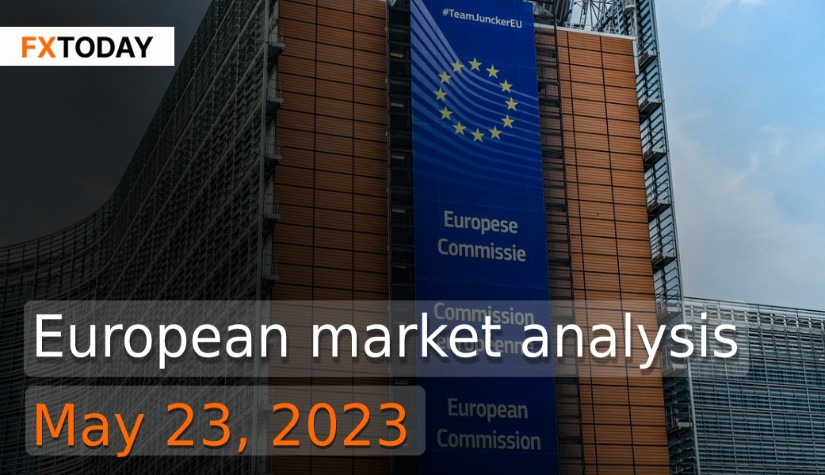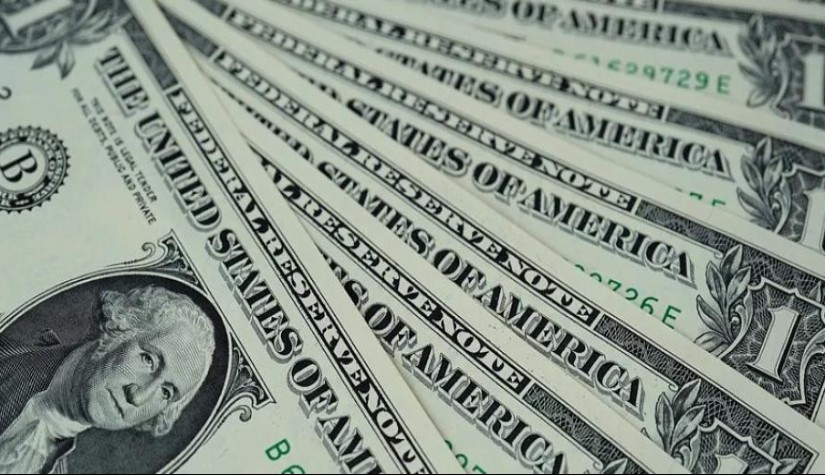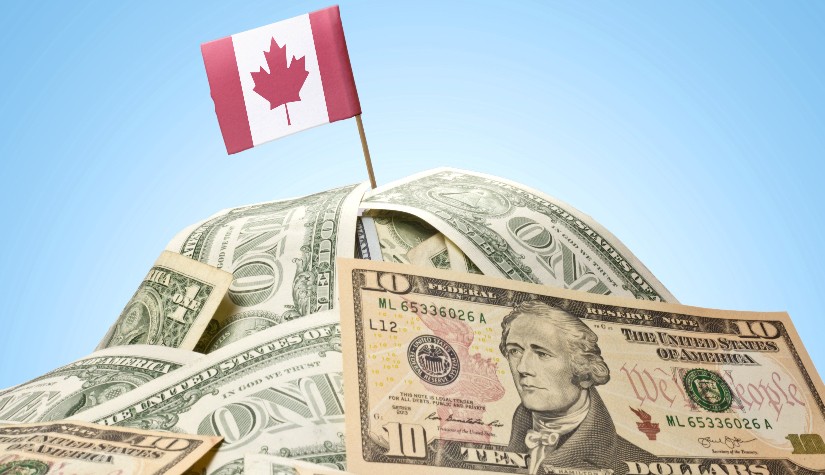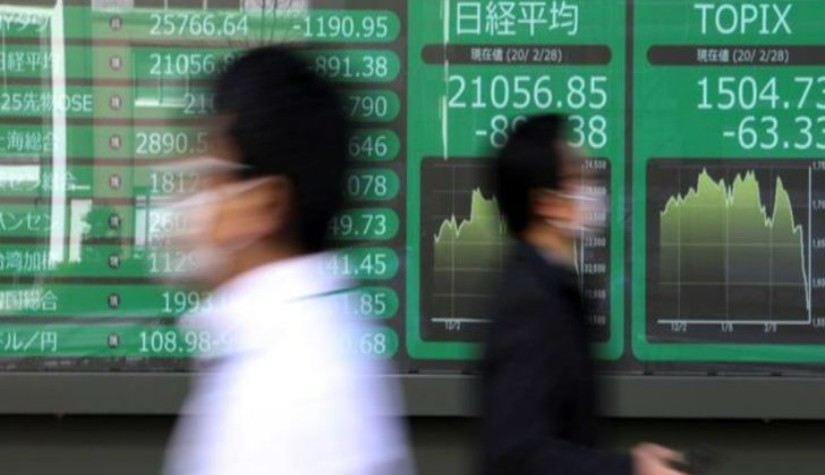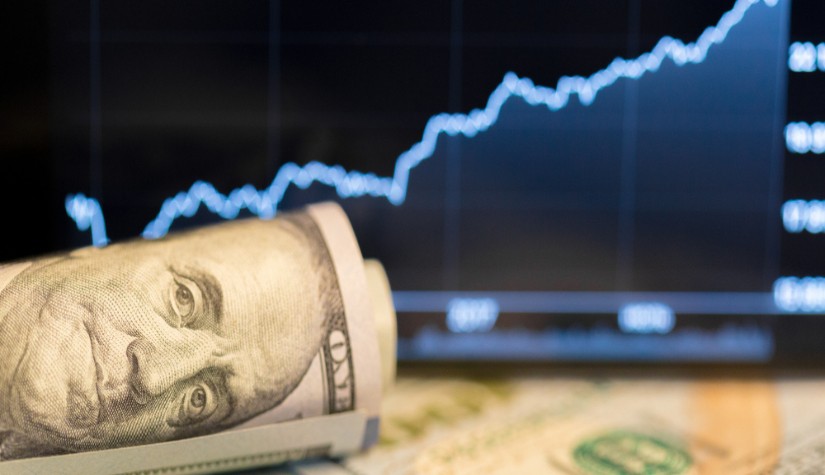European economy stabilizes amid high inflation
As a result of the ongoing US debt ceiling talks, which have reduced activity in the global market during this time, European stock markets recently traded flat.
In terms of Germany's overall economy, which is the largest in the European Union, according to the most recent data from Germany Trade & Invest (GTAI), foreign direct investment (FDI) in Germany was stable last year, although it faced hurdles in retaining U.S. investment. Germany attracted 1,783 new projects in 2022, 23 fewer than in 2021 but 101 more than in 2020, unaffected by the US Inflation Reduction Act (IRA) passed last year, which provides subsidies to North American manufacturers, and it is expected that more companies will shift their investments away from Europe.
Companies from all over the world are still interested in investing in Germany due to the availability and size of the market, a stable legislative framework, qualified staff, infrastructure, and a conducive climate for research and development. Last year, the United States was Germany's top investor. In 2022, the overall investment is up 261% year on year as US semiconductor maker Intel chooses Germany as its new chip production base, followed by Switzerland, the United Kingdom, and China, with the lowest investment since 2014.
The German corporate sector's forecast for the next 12 months remains bleak. The gross domestic product (GDP) is predicted to show little growth this year, despite corporations being more flexible in their struggle against rising oil prices, rising interest rates, and the effects of the Russia-Ukraine war. While labor prices have risen due to a shortage of trained personnel and high inflation, business risks have increased.
In April, German producer prices climbed at the weakest rate in two years. This suggests that inflation may begin to moderate further. After reaching a record high of 45.8% in August and September 2022, producer price inflation progressively declined for seven months in a row.
Meanwhile, Eurozone price growth slowed to 7.3% in April from 7.5% in March, owing to pay rises on union calls, expansionary fiscal policy, and strong inflation expectations. Investors anticipate that the ECB will raise interest rates by another 25 basis points at its June meeting and reach their highest level by the end of the summer, followed by a rate decrease early next year.
Data for Technical Analysis (5H)
Resistance : 4399, 4401, 4406
Support : 4389, 4387, 4382
5H Outlook
Source: Investing.com
Buy/Long 1 If the support at the price range 4385 – 4389 is touched, but the support at 4389 cannot be broken, the TP may be set around 4399 and the SL around 4382, or up to the risk appetite.
Buy/Long 2 If the resistance can be broken at the price range of 4399 – 4403, TP may be set around 4408 and SL around 4386, or up to the risk appetite.
Sell/Short 1 If the resistance at the price range 4399 – 4403 is touched, but the resistance at 4399 cannot be broken, the TP may be set around 4386 and the SL around 4406, or up to the risk appetite.
Sell/Short 2 If the support can be broken at the price range of 4385 – 4389, TP may be set around 4378 and SL around 4403, or up to the risk appetite.
Pivot Points May 23, 2023 05:28AM GMT
| Name | S3 | S2 | S1 | Pivot Points | R1 | R2 | R3 |
|---|---|---|---|---|---|---|---|
| Classic | 4384 | 4387 | 4388 | 4391 | 4392 | 4395 | 4396 |
| Fibonacci | 4387 | 4389 | 4389 | 4391 | 4393 | 4393 | 4395 |
| Camarilla | 4389 | 4389 | 4390 | 4391 | 4390 | 4391 | 4391 |
| Woodie's | 4384 | 4387 | 4388 | 4391 | 4392 | 4395 | 4396 |
| DeMark's | - | - | 4388 | 4391 | 4392 | - | - |
Sources: Investing 1, Investing 2
Maximize your knowledge: Blog

